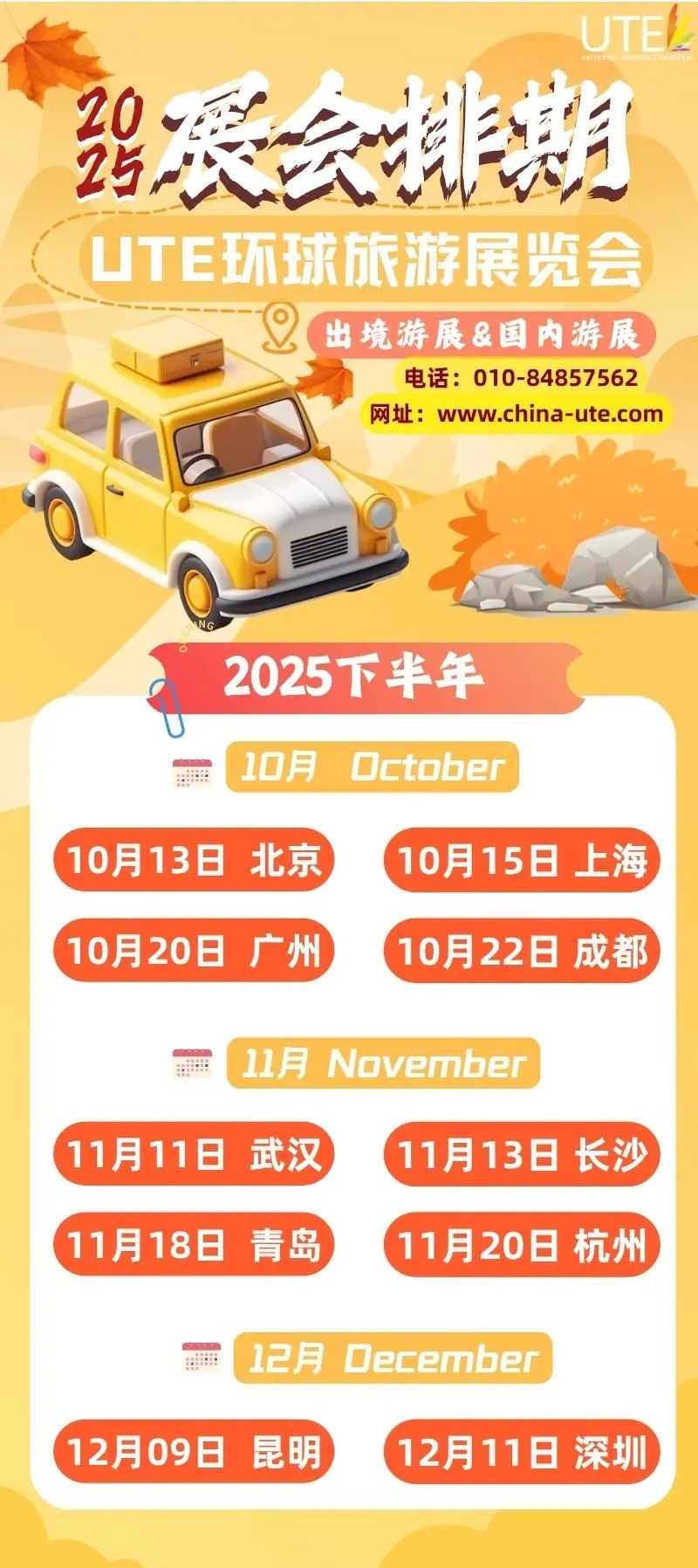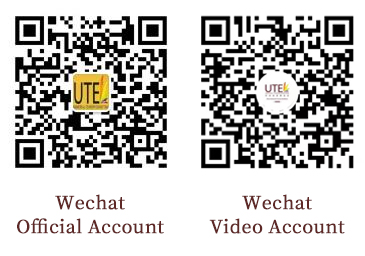Why Do Well-Designed Itineraries Always Struggle in the Market? Have Ground Operators Truly "Decoded" the Accurate Needs of Tour Groups?
Why Do Well-Designed Itineraries Always Struggle in the Market? Have Ground Operators Truly "Decoded" the Accurate Needs of Tour Groups?
Column: Travel Industry Insights
Published: July 14, 2025
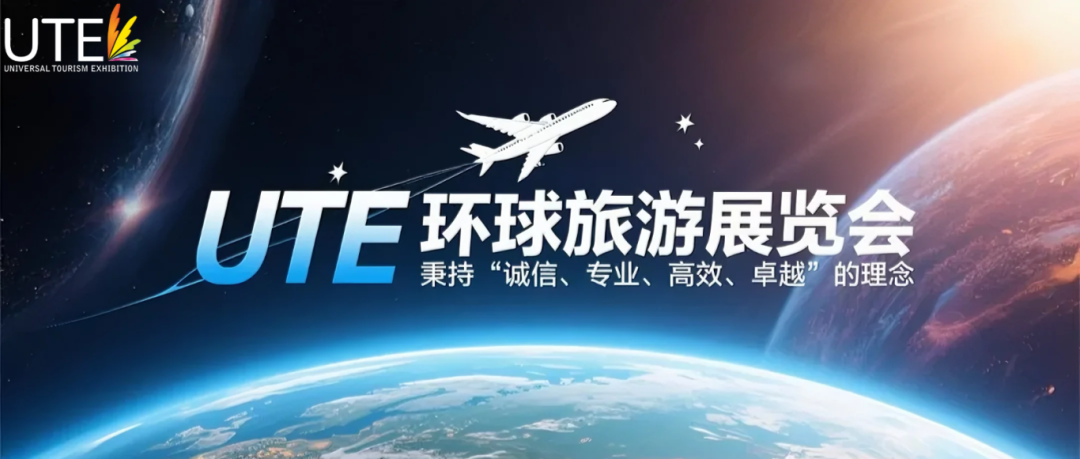
Are You Still Paying a High Price for Trial and Error Due to Vague Target Audience Positioning? Why Do Well-Designed Travel Products Often Drift Off Course in the Market?
In the vast world of the tourism industry, the cooperation between tour operators and ground operators is like two oars rowing a giant ship together. It not only carries the business connection but also drives the engine of development, weaving the bonds of the industry. We often say "resource preposition," but behind this is the profound logic of market-driven product innovation. Ultimately, the operation of a travel agency is about the meticulous crafting of the tourist experience. Experience is the product. Therefore, instead of saying resources come first, it would be more accurate to say that demand is the guiding force that leads everything.
The collaboration between tour operators and ground operators, while part of the cooperative chain in the tourism industry, faces many obstacles in the early stages. Accurately understanding the needs of the target audience is the primary task. If the positioning is unclear or the direction is off, travel products may deviate from the market path, and the more resources are invested, the greater the loss. At the same time, in the face of a rapidly changing market environment, it is necessary to adjust the cooperation strategy flexibly to ensure that demand is met. The tourism industry is both an arena for service competition and a testing ground for innovative development.
In the intense market competition, how to stand out and achieve business growth and sustainable development has become the focal point for both tour operators and ground operators. Against this backdrop, the UTE Global Tourism Exhibition was born, aiming to provide a platform for in-depth communication and collaboration among industry professionals. This article will delve into the eight key elements of cooperation between tour operators and ground operators, in conjunction with the exhibition.
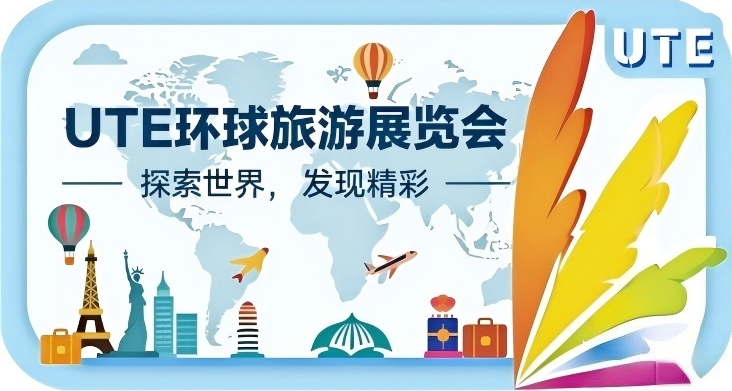
01 Precise Positioning: The Cornerstone of Differentiated Cooperation
The success of cooperation begins with precise positioning. Tour operators need to deeply analyze the source markets, while ground operators must carefully integrate destination resources. Together, they can combine market demand to create unique travel products. For example, launching wellness tourism routes for senior travelers, incorporating local hot springs, traditional Chinese medicine therapies, and other resources to design exclusive experience projects, thereby forming a differentiated brand image to attract the target audience. Precise positioning is the foundation for both parties to establish a foothold in the market and avoid homogeneous competition. At the UTE Global Tourism Exhibition, you will see numerous tour operators and ground operators showcase successful cases of precise positioning.
02 Product Innovation: The Source of Ongoing Attraction
The product is the soul of cooperation, and innovation is the key to maintaining its appeal. From designing travel routes to optimizing service content and upgrading experience formats, every innovation brings a fresh perspective to travelers. At the UTE Global Tourism Exhibition, you will have the opportunity to personally experience the charm of these innovative products and feel the endless possibilities brought by collaboration.
03 Targeted Marketing: The Weapon to Expand Customer Base
In the age of information overload, targeted marketing has become the key to successful cooperation. Tour operators use big data analysis to understand the interests, preferences, and consumption habits of their target audience, working with ground operators to develop personalized marketing strategies. By leveraging social media, short video platforms, and other new media channels, they can conduct precise communication to enhance product visibility and influence. At the UTE Global Tourism Exhibition, you will be exposed to the targeted marketing strategies of various ground operators, helping cooperative projects expand their customer base.
04 High-Quality Service: The Cornerstone of Word-of-Mouth Promotion
High-quality service is a key factor in gaining the trust of travelers and building a strong reputation. From the moment a traveler inquires, tour operators and ground operators must work seamlessly together, ensuring every detail reflects professionalism and care. Offering 24/7 customer support, arranging experienced guides, and ensuring smooth itineraries are essential in providing exceptional service. At the UTE Global Tourism Exhibition, you will see numerous tour operators and ground operators showcase their outstanding service features, working together to elevate the industry’s service standards.
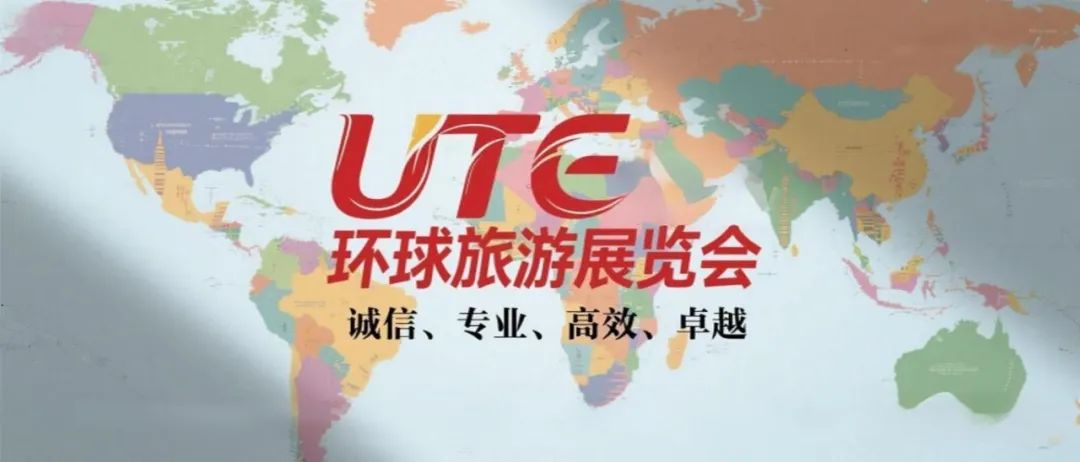
05 Resource Integration: The Guarantee of Win-Win Cooperation
The development of cooperation should not come at the cost of resources. Tour operators and ground operators need to focus on resource integration, emphasizing complementary advantages and sustainable development. By scientifically planning routes and allocating resources reasonably, they can reduce operational costs while incorporating concepts such as green tourism and smart tourism to enhance the social responsibility of cooperative projects.
06 Cultural Integration: The Bond That Elevates Meaning
Travel is not merely sightseeing it’s a process of cultural exchange. Outbound tour operators and inbound DMCs must deeply explore the cultural essence of destinations and seamlessly weave it into travel products, crafting experiences rich in heritage. By organizing activities like intangible cultural heritage workshops and local food festivals, visitors can immerse themselves in cultural charm during their journeys, fostering both preservation and evolution of traditions.
07 Industry Upgrade: Pathways to Expanded Profitability
The evolution of the tourism industry serves as a critical pathway to enhance collaborative competitiveness and unlock new revenue streams. By integrating cutting-edge technologies and innovative business models, outbound tour operators and inbound DMCs can foster deep convergence between tourism and complementary sectors such as culture, agriculture, and education to build a diversified portfolio of travel products.
08 Policy Support: The Foundation for Sustainable Growth
Government policy support serves as a critical backbone for successful partnerships. Outbound operators and DMCs should proactively leverage available incentives including project subsidies, tax benefits, and marketing support to reduce operational costs and enhance market competitiveness.
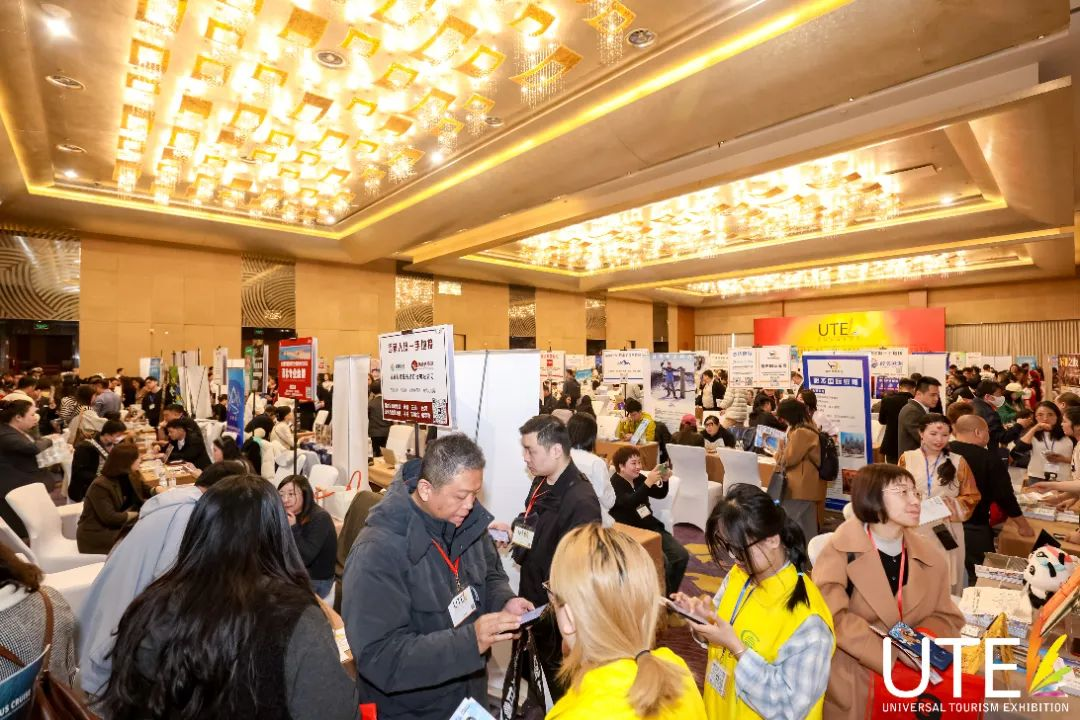
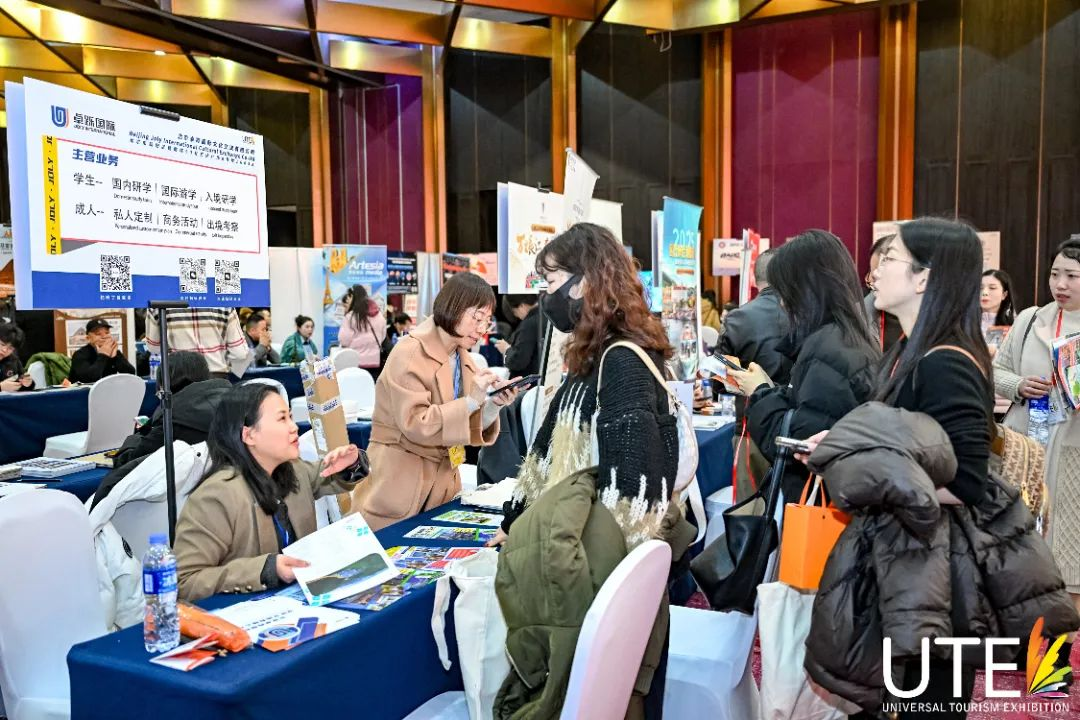

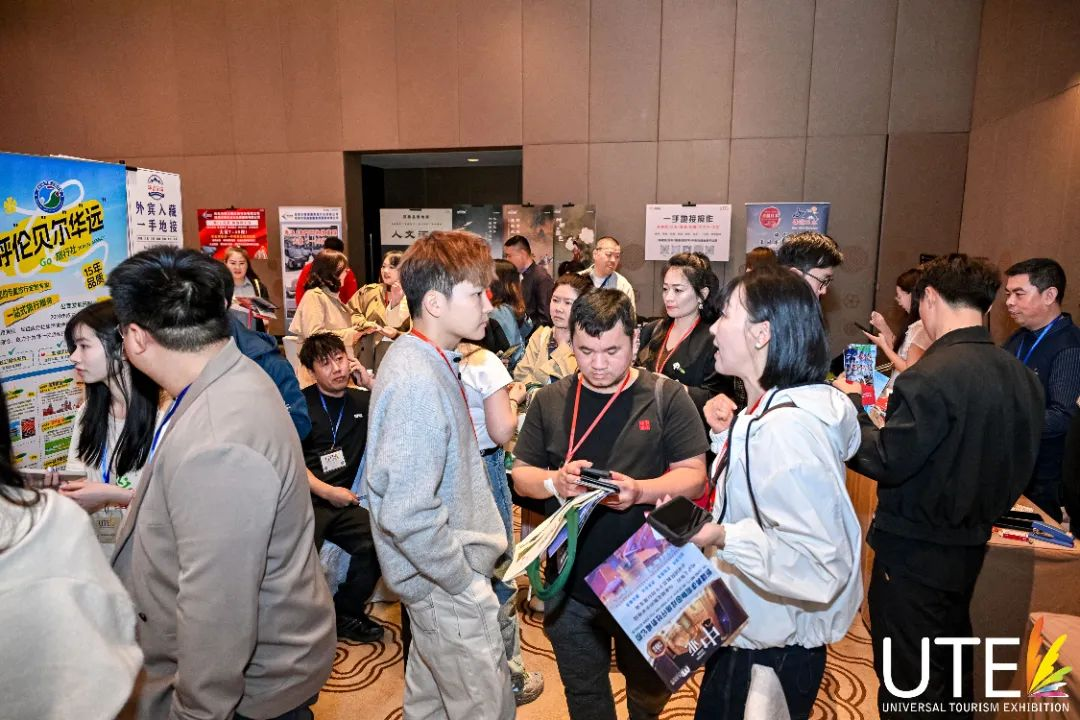
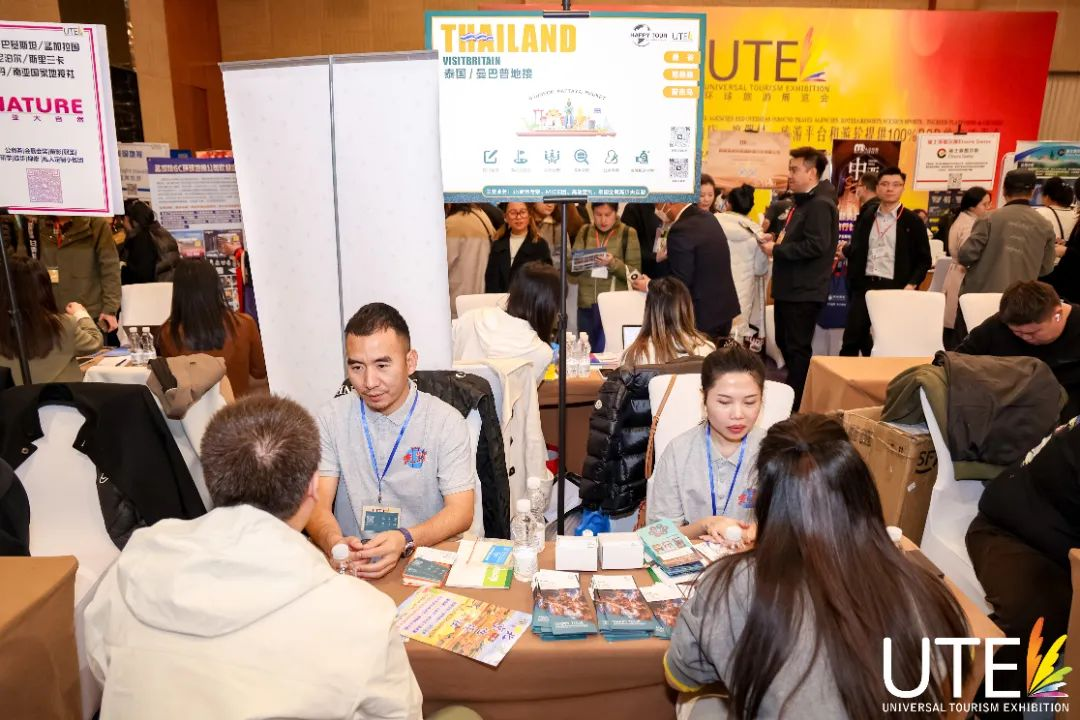
Collaboration between tour operators and DMCs is not an overnight achievement, but rather a comprehensive process requiring continuous innovation and optimization across multiple dimensions.
The UTE Global Travel Expo serves as the premier platform to converge industry wisdom and spark transformative ideas. By synergizing eight critical success factors precise positioning, product innovation, targeted marketing, service excellence, resource integration, cultural fusion, industry upgrading, and policy alignment partners can rise above fierce market competition to achieve sustainable mutual success and become driving forces in tourism development.

立即扫码获取
专属你的展位
微信号:13716980652
